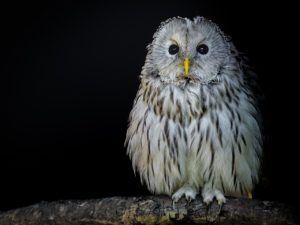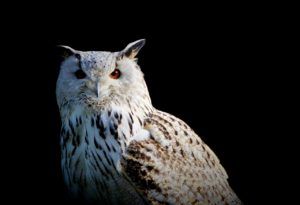Owls and Barn Owls: The Kings of the Night
Owls and Barn Owls: The Kings of the Night Owls and barn owls: The kings of the night. These are generally nocturnal birds that inhabit much of the planet. They are very adaptable and, despite superstitions,
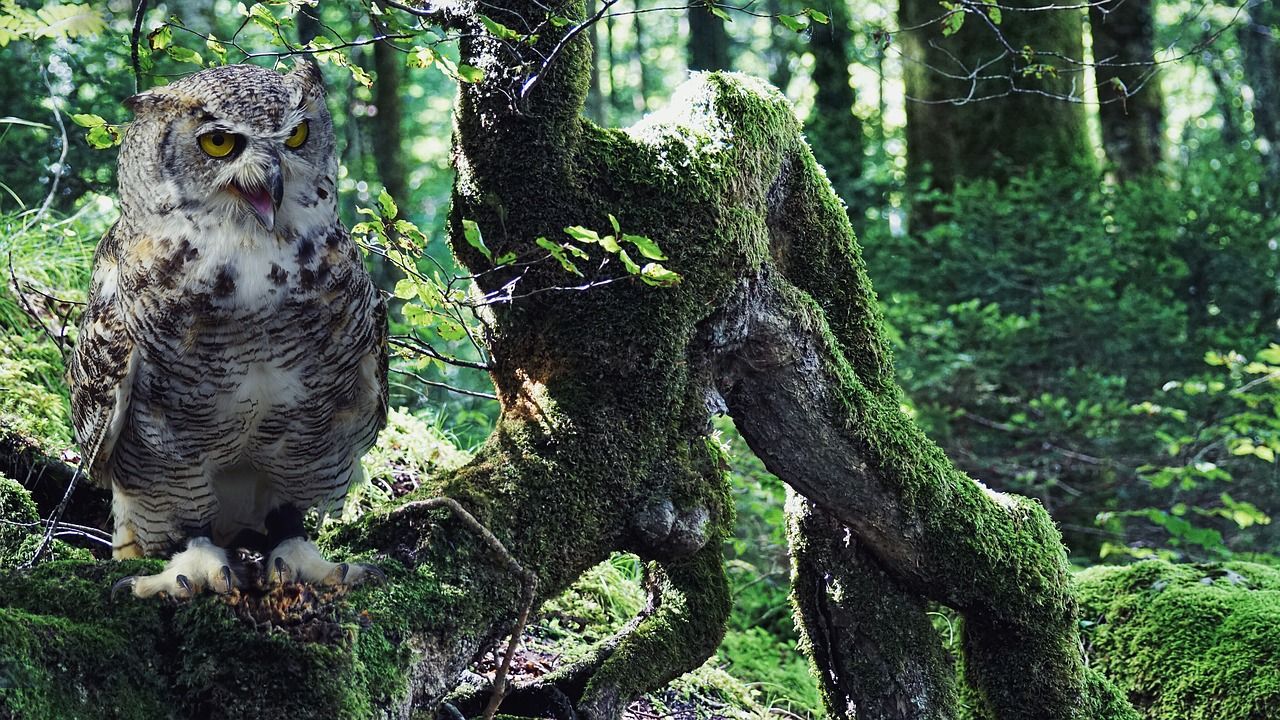
Owls and Barn Owls: The Kings of the Night
Owls and barn owls: The kings of the night. These are generally nocturnal birds that inhabit much of the planet. They are very adaptable and, despite superstitions, they are very useful for human activity.
Owls and barn owls: What are they?
Owls and barn owls are two taxonomically distinct types of animals that are associated with each other. However, both belong to the order of Strigiformes which are birds of prey and nocturnal birds because they belong to the same order and are physically similar, it is common for them to be associated. In addition, their habits may sometimes seem more alike than different.
They are birds often associated with bad omen, and in Latin American cultures, they are associated with witchcraft and death. However, both are absolutely harmless to humans and can even be beneficial. And regardless of the benefit they may present, they are a very important part of their respective ecosystems.
There have been cases where they have tried to hunt domestic animals, such as dogs and cats, puppies and small birds. However, this behavior is not the rule and occurs in hungry and confused birds.
Owls and barn owls are strigiform birds, which is the name that encompasses them for their similarities. But it’s the differences that separate them into distinct families. Owls belong to the Strigidae family, while barn owls belong to the Tytonidae family. From each family, there are thousands of species with marked and subtle differences.
Where are owls and barn owls?
Owls and barn owls are found almost everywhere on planet earth. They are exceptionally adaptable animals that accommodate many different climate types, they always contribute so much to the ecosystem. You can find species that live comfortably in the northern tundra, as well as others in the tropical forests.
This does not mean that all types of owls and owls in all ecosystems and climates. Despite the adaptability of these animals, not all species are equally distributed across all climates. Depending on the environment you observe, you will find different species of owls and barn owls, each one adapted to that specific space.
Both prefer wooded areas that allow them to nest in both branches and trunks. However, many of them have adapted to human activity and taken advantage of it. For this reason, it is possible to find them in the vicinity of barns and farms. Some very specific species may live in underground burrows, but they are not the rule.
Owls and barn owls: features
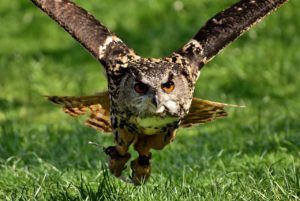
The common characteristics define the order of the strigs, and both families fulfill with certain behaviors. However, it should be noted that taxonomy is not a perfect discipline and that there are always exceptions to the rule.
The behavior of barn owls and owls varies quite a bit not between the two of them, but between the different species. Each species is adapted to survive in specific natural spaces, so it needs specific habits for each ecosystem. For this reason, we will be able to shorten quite dissimilar behaviors even among different members of the same family.
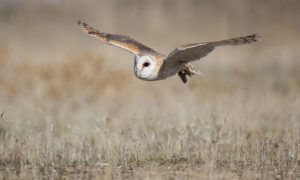
For each defining characteristic, there will always be a species that does not fulfill these parameters. Despite this, most species in a family set the standard for what is considered a characteristic. And when we are talking about general features of order, then, they become more common. Some of these features are:
Food
While some specific species may and often do eat fruit, the main diet of Strigiformes are other animals. These birds are highly skilled hunters, hunting from small insects to medium-sized rodents and even other birds. They have powerful claws they use to catch their victims in mid-flight and picks designed to eat meat.
Night habits
Another undeniable characteristic of these birds is their predilection for the night to perform their daily activities. They tend to sleep most of the day and go hunting at night. That is why their calls cause so much fear for some people, for they come from winged figures in the middle of the night. However, these habits help them to get better prey and hunt more effectively.
Big eyes
This characteristic is closely linked to the previous one. Owls are nocturnal animals that need little light to hunt. That’s why their eyes are so big because they can receive minimal amounts of light to be able to see properly. The vision of owls and barn owls is exceptional and helps them to move with grace and agility in absolute darkness.
Lonely Birds
Although there are species of both families that can live in small groups, that is the exception. Both owls and barn owls are solitary animals that just get together to mate. Because of this, they are very territorial and tend to get along very badly with other members of their species. Fighting can be common and bloody.
Differences between owl and barn owl
Generally, the term owl and owl tends to be used interchangeably. This means that they are interchangeable terms for strigiform birds and do not distinguish species specificities. This is because they are more or less similar birds with similar habits. Moreover, being nocturnal birds, it is difficult to identify immediately the characteristics of each type.
But there is a difference between the two animals, with some basic knowledge it becomes quite easy to identify them. However, it should not be forgotten, that there are sometimes more differences between the same species than between families. Despite the physical appearance, there may be more differences between different types of owls than between owls and owls.
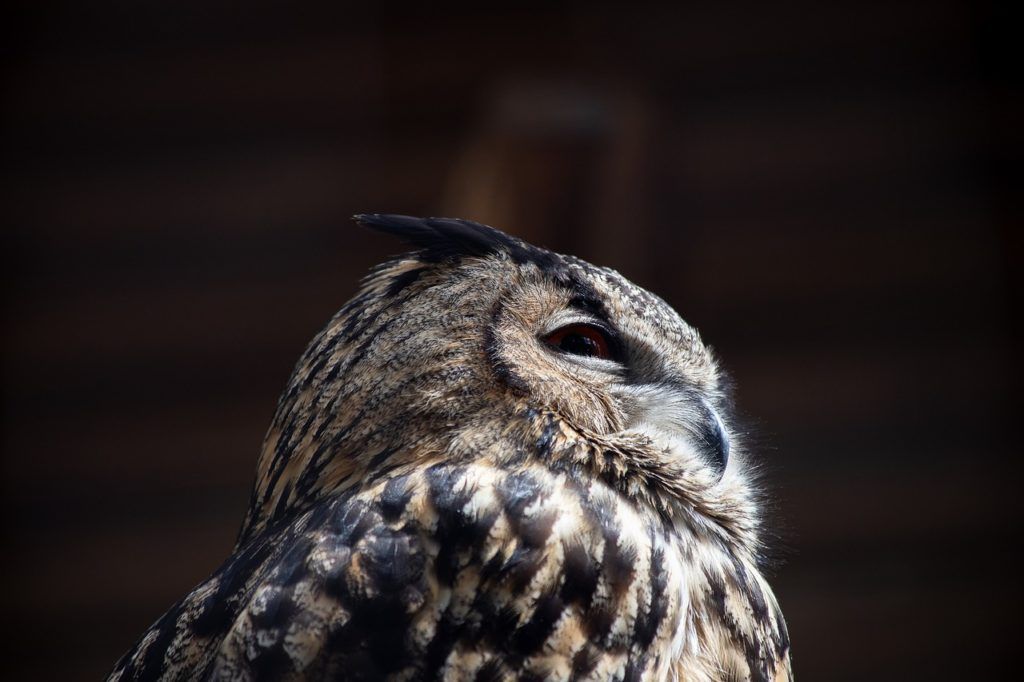
Some of the differences are the following:
Physical appearance
The most striking feature of owls is the shape of their plumage. Owls have two small plumes of feathers on their heads interrupting the marked curvature of their skull. These tufts give the immediate idea that they cover ears similar to those of a cat. Hence, the comparisons between owls and felines are made.
On the other hand, barn owls don’t have these tufts. Their heads are completely round and uninterrupted. In addition to this, they have slightly flatter heads and noticeably smaller. In fact, size is another remarkable feature, so owls are generally larger than barn owls.
Migratory habits
Although in behavior they have more similarities than differences, owls and barn owls differ in one detail. Barn owls are birds that do not migrate under any circumstances. Regardless of the time of year, they will stay in their home and make a living in the surrounding areas. It is likely that a barn owl will never leave its territory unless it is forced.
Owls are basically the same, but there are certain species that do not follow this pattern. Some species of owls, although they are also territorial birds may migrate depending on the seasons. However, these species are a minority and do not set the standard within the family’s behavioral parameters.
Location
It is also another aspect in which the differences are minimal but worth highlighting. Both owls and barn owls are found on all continents and generally in all climates. However, barn owls tend to prefer colder climates and mountains. They are generally found with greater distribution in northern spaces.
Food
It’s very similar between the two but it varies in ambition. Although owls are generally larger; they are limited to hunt small animals. On the other hand, barn owls favor mice and even rats for food. These animals prefer mammal meat over reptile and insect meat, although they still hunt this type of meat in its absence.
Types of owls and barn owls
Among owls and barn owls there are thousands of species distributed by all continents and with different habits. However, not all of them are equally successful in their respective ecosystems. Some of the best-known species are:
Eagle Owl

It is one of the biggest and most common owls in the world. There are so many of them, it can even be divided into subspecies specific to each geographic location. It is solitary and territorial, in some cases it can be found in barns.
Barn owl

It is the most successful species of owl. This owl is characterized by a striking facial shape that resembles that of a heart. It has very varied eating habits, eating from more or less large rodents to wild fruits.
American Owl
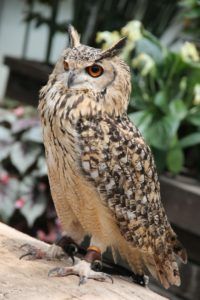
This is an endogenous species of the American continent that lives particularly in North America. It is known as the horned owl because of its plumage that resembles two small horns on its head. On the other hand, It is one of the biggest owls in the world, weighing up to two kilos and having a wingspan of one and a half meters.
Spotted owl
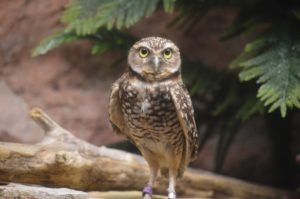
This owl is relatively small and stands out for its enormous black and shiny eyes. It also lives in the United States and Canada. It has not adapted as well to human activity and is rather threatened by it.
Owls and barn owls: The kings of the night
Remember! At sexadodeaves.com, we are specialists in sexing birds through DNA. In this way, it is possible to define the genre of your bird. You can also follow us on the networks: Facebook, Twitter, and Instagram and find all the information we have for you daily.

